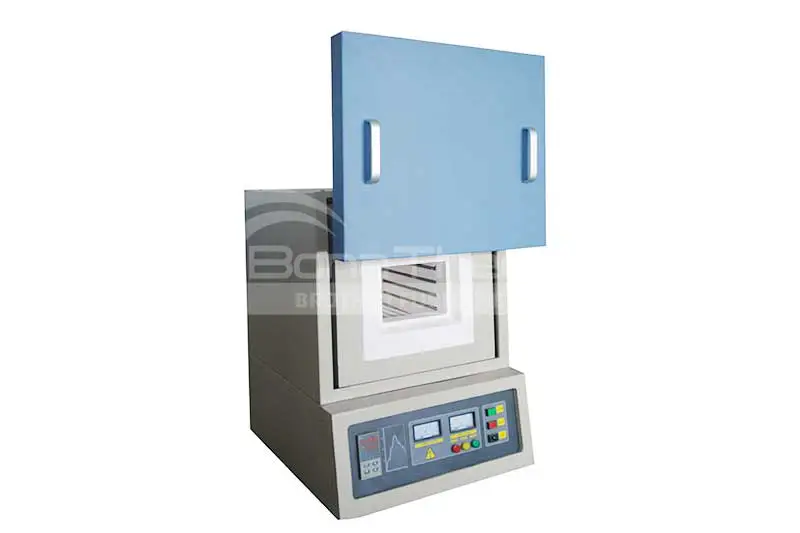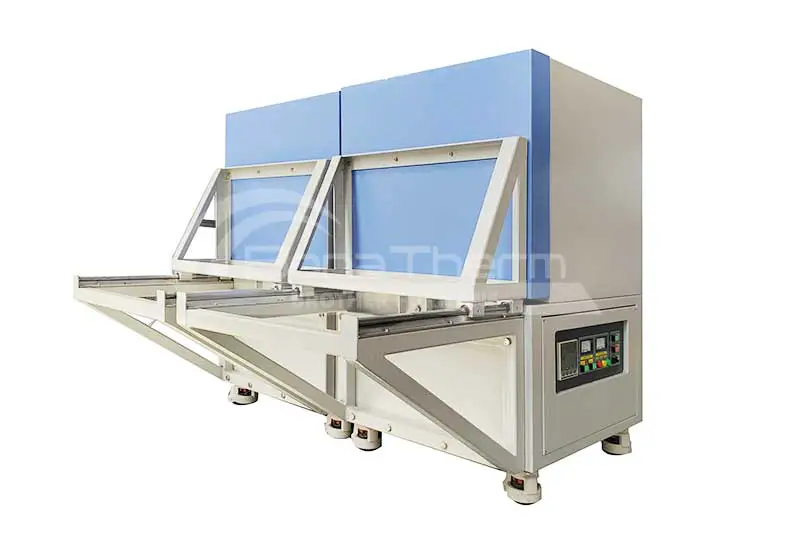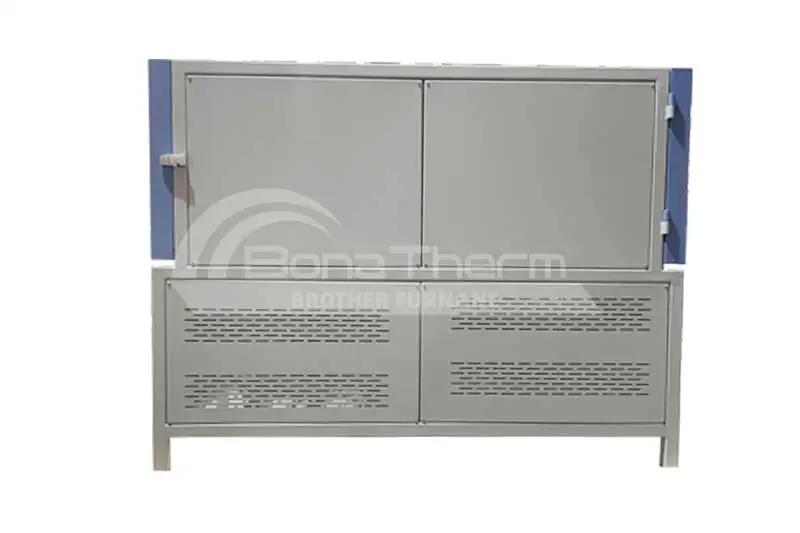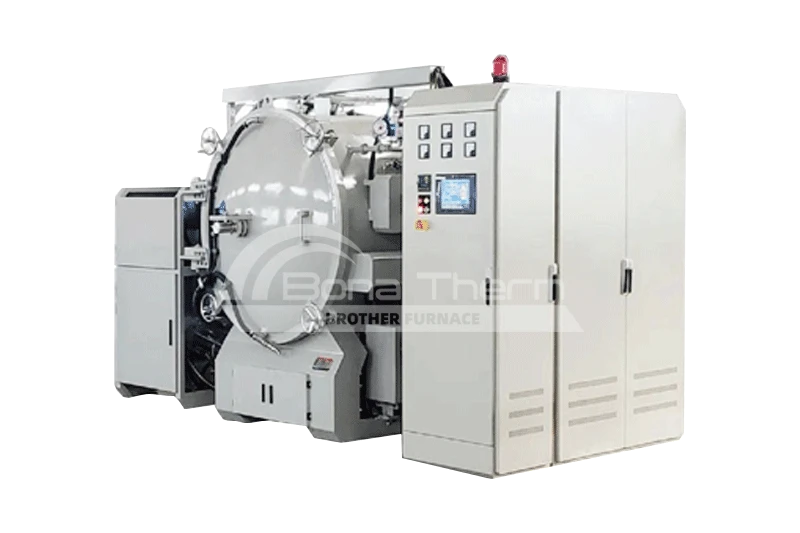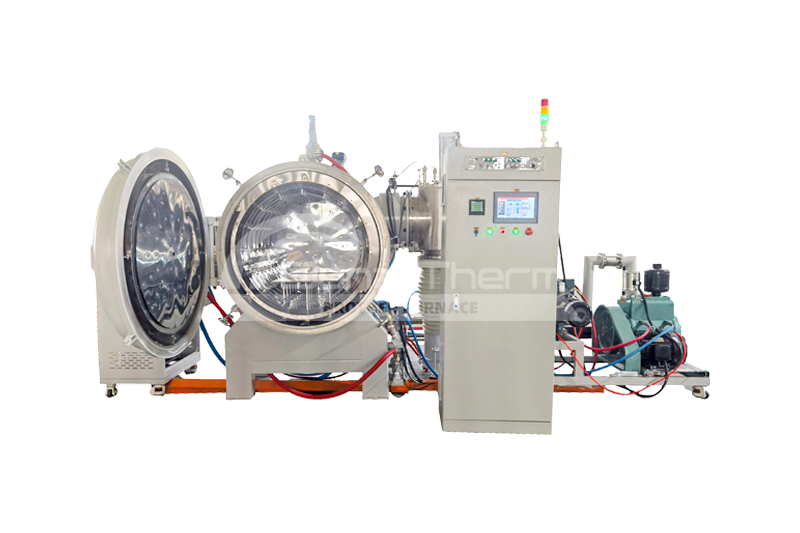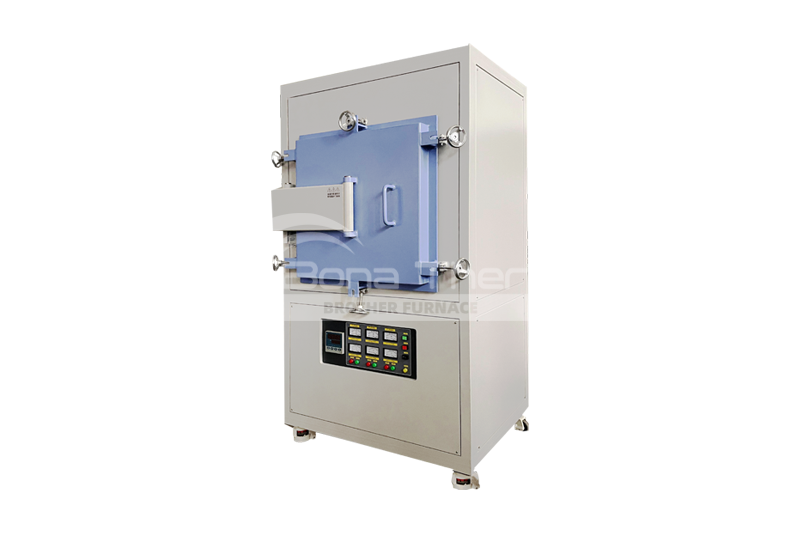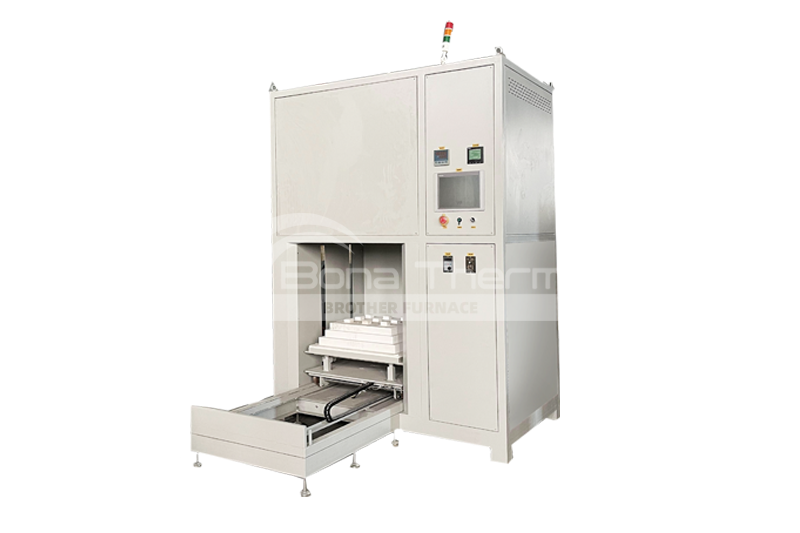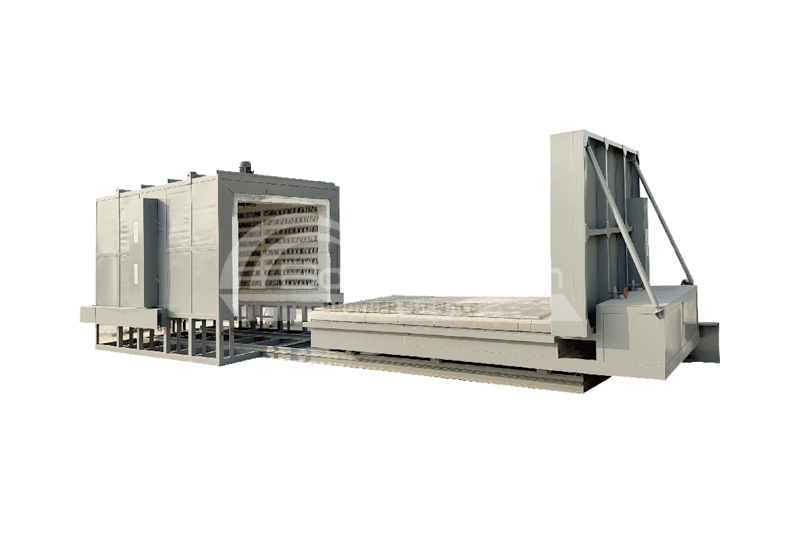Crystal Growth and Equipment Selection: Application of Vertical Tube Furnace
 BROTHER FURNACE
BROTHER FURNACE
 2025-04-03 00:25
2025-04-03 00:25
Crystal growth is the process of forming single crystals or polycrystals through the controlled arrangement of atoms or molecules under specific temperature, atmospheric, and environmental conditions. High-quality crystals are essential in various industries, including semiconductors, optics, and energy devices. For example, silicon (Si) serves as the backbone of the microelectronics industry, while sapphire (Al₂O₃) is widely used in optical and LED substrate applications.
The choice of crystal growth method depends on the material and application requirements, and selecting the appropriate furnace is crucial for ensuring crystal quality.

Common Crystal Growth Methods
There are various methods for crystal growth, generally classified into melt growth, vapor growth, and solution growth. The most common methods include:
✅ Czochralski (CZ) Method
-
Suitable for growing large single crystals, such as silicon (Si) and sapphire (Al₂O₃).
-
A seed crystal is dipped into the melt and slowly pulled while rotating to facilitate controlled crystal growth.
✅ Bridgman Method
-
Primarily used for compound semiconductors (e.g., GaAs, CdTe) and certain oxide crystals.
-
The material transitions from a molten state to a solidified single crystal under a controlled temperature gradient.
✅ Physical Vapor Transport (PVT) Method
-
Mainly used for growing high-temperature-resistant materials such as silicon carbide (SiC).
-
The crystal is formed by high-temperature sublimation and deposition in a vapor phase environment.
✅ Chemical Vapor Deposition (CVD) Method
-
Ideal for thin film and nanomaterial synthesis, such as diamond films and graphene.
-
Solid materials are deposited on a substrate through controlled chemical reactions in a gas phase environment.
Each growth method requires specific furnace conditions, such as precise temperature uniformity, atmospheric control, and thermal field stability, choosing equipment a key factor in achieving high-quality crystals.
Common Crystal Growth Methods
There are various methods for crystal growth, generally classified into melt growth, vapor growth, and solution growth. The most common methods include:
✅ Czochralski (CZ) Method
-
Suitable for growing large single crystals, such as silicon (Si) and sapphire (Al₂O₃).
-
A seed crystal is dipped into the melt and slowly pulled while rotating to facilitate controlled crystal growth.
✅ Bridgman Method
-
Primarily used for compound semiconductors (e.g., GaAs, CdTe) and certain oxide crystals.
-
The material transitions from a molten state to a solidified single crystal under a controlled temperature gradient.
✅ Physical Vapor Transport (PVT) Method
-
Mainly used for growing high-temperature-resistant materials such as silicon carbide (SiC).
-
The crystal is formed by high-temperature sublimation and deposition in a vapor phase environment.
✅ Chemical Vapor Deposition (CVD) Method
-
Ideal for thin film and nanomaterial synthesis, such as diamond films and graphene.
-
Solid materials are deposited on a substrate through controlled chemical reactions in a gas phase environment.
Each growth method requires specific furnace conditions, such as precise temperature uniformity, atmospheric control, and thermal field stability, choosing equipment a key factor in achieving high-quality crystals.
Recommended Equipment: Brother Furnace Vertical Tube Furnace
Selecting the right equipment is essential for achieving high-quality crystal growth. The vertical tube furnaces from Brother Furnace provide precise temperature control, excellent thermal uniformity, and modular design, making them an ideal choice for crystal growth experiments.
High-Temperature Stability
Maximum operating temperatures of 1600°C to 1800°C, suitable for high-temperature vapor-phase growth of SiC and other materials.
Precision Temperature Control
PID control system with optional multi-zone heating, optimizing the temperature gradient for improved crystal quality.
Atmospheric Control Capability
Operates in Ar, H₂, N₂, O₂, or vacuum environments, meeting various growth process requirements.
Modular Design
Customizable tube diameter, crucible holders, and heating zone length, accommodating different experimental needs.
Whether for scientific research or semiconductor material development, Brother Furnace’s vertical tube furnace provides a stable and reliable solution for crystal growth applications.
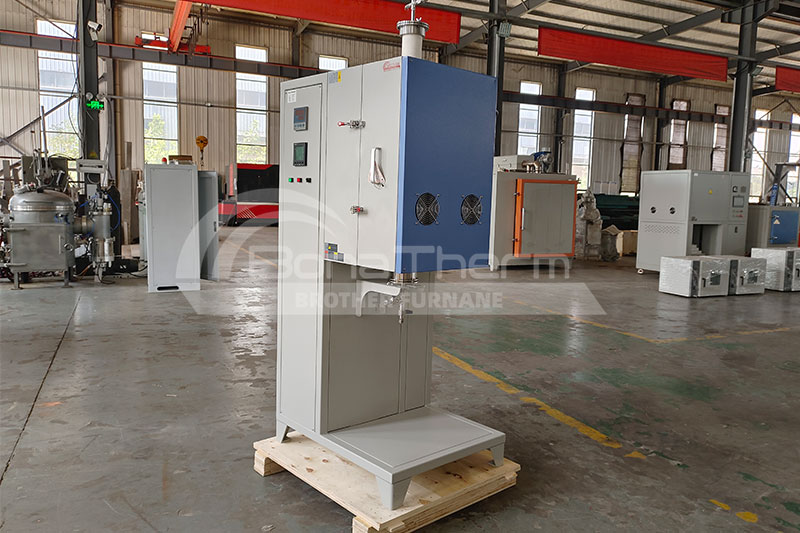
Conclusion
Crystal growth plays a critical role in materials science, semiconductors, optics, and energy industries, with different growth methods requiring specialized equipment. Vertical tube furnaces are widely used in vapor-phase crystal growth, providing researchers with precise temperature control and the atmospheric conditions necessary for producing high-quality crystals.
As a leading manufacturer of high-temperature furnaces, Brother Furnace offers high-performance vertical tube furnaces, helping researchers and industry professionals enhance experimental efficiency and achieve superior crystal growth results. If you are looking for an advanced solution for PVT, CVD, or thermal treatment experiments, Brother Furnace's vertical tube furnace is a reliable and professional choice.

